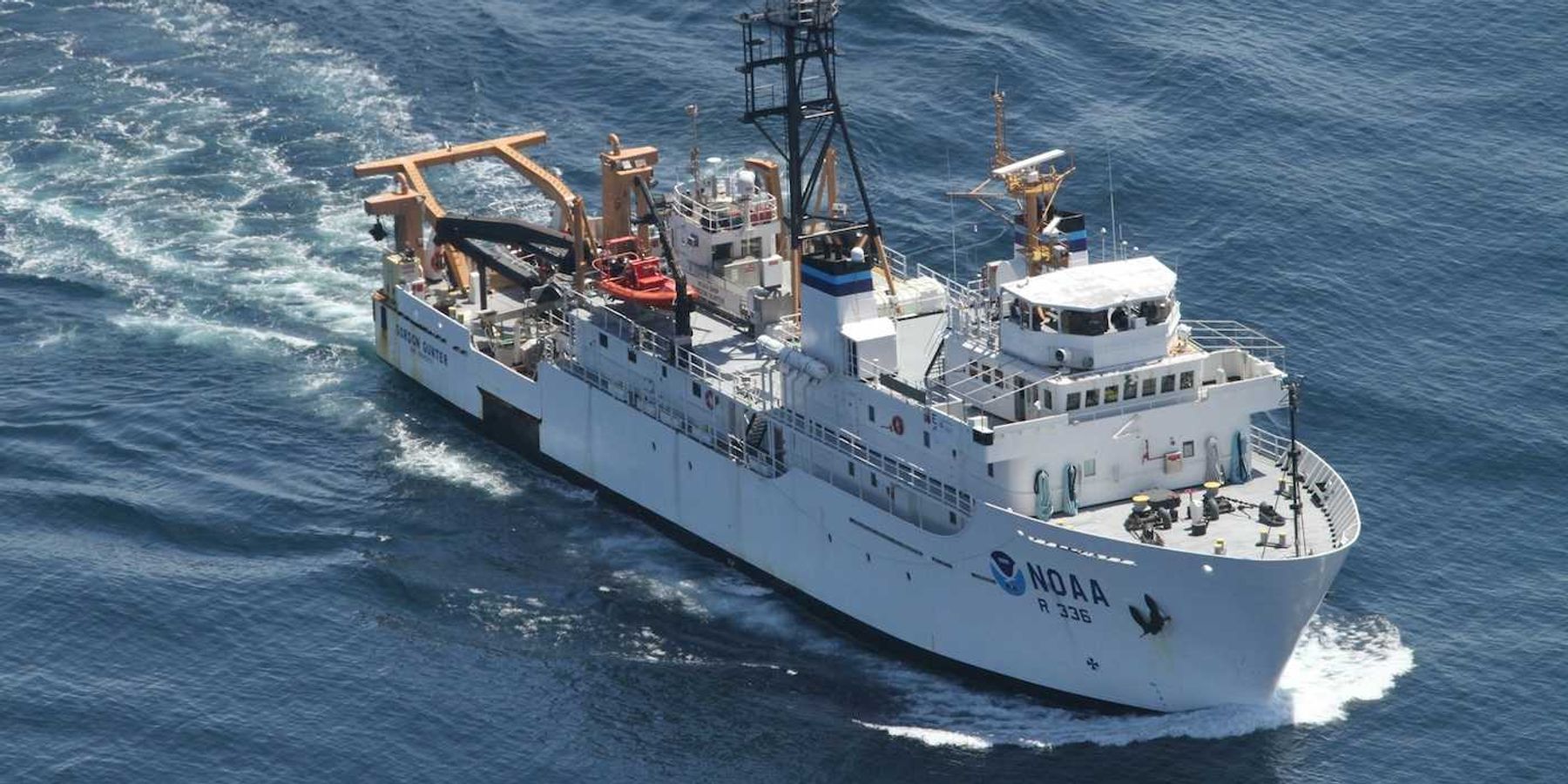Exploring new possibilities for locating wind farms
A recent study reveals that wind turbines occupy only a fraction of their total site area, suggesting greater opportunities for integrating wind farms into diverse landscapes.
Allyson Chiu reports for The Washington Post.
In short:
- The study found that wind turbines use just 5% of their site area, leaving the rest available for other uses like agriculture.
- Researchers suggest that wind farms can coexist with existing infrastructure, reducing their environmental impact.
- The study encourages revisiting wind farm placement strategies to enhance efficiency and minimize land use conflicts.
Key quote:
"Our results should provide stakeholders with a greater evidence base for a more informed understanding of the impacts of energy developments."
— Sarah Jordaan, principal investigator and associate professor in the department of civil engineering at McGill University
Why this matters:
Unlike more invasive forms of infrastructure, wind farms offer the possibility of sharing space without entirely displacing the original inhabitants, such as crops, cattle, or local wildlife. This compatibility speaks to a growing desire for energy solutions that recognize the importance of preserving the natural character and biodiversity of rural landscapes. It also addresses a facet of the environmental puzzle that is sometimes overshadowed by the larger narrative around reducing carbon emissions: the need for sustainable land use.
A 2019 Harvard analysis pinpointed where renewables would have the most bang for their buck.













